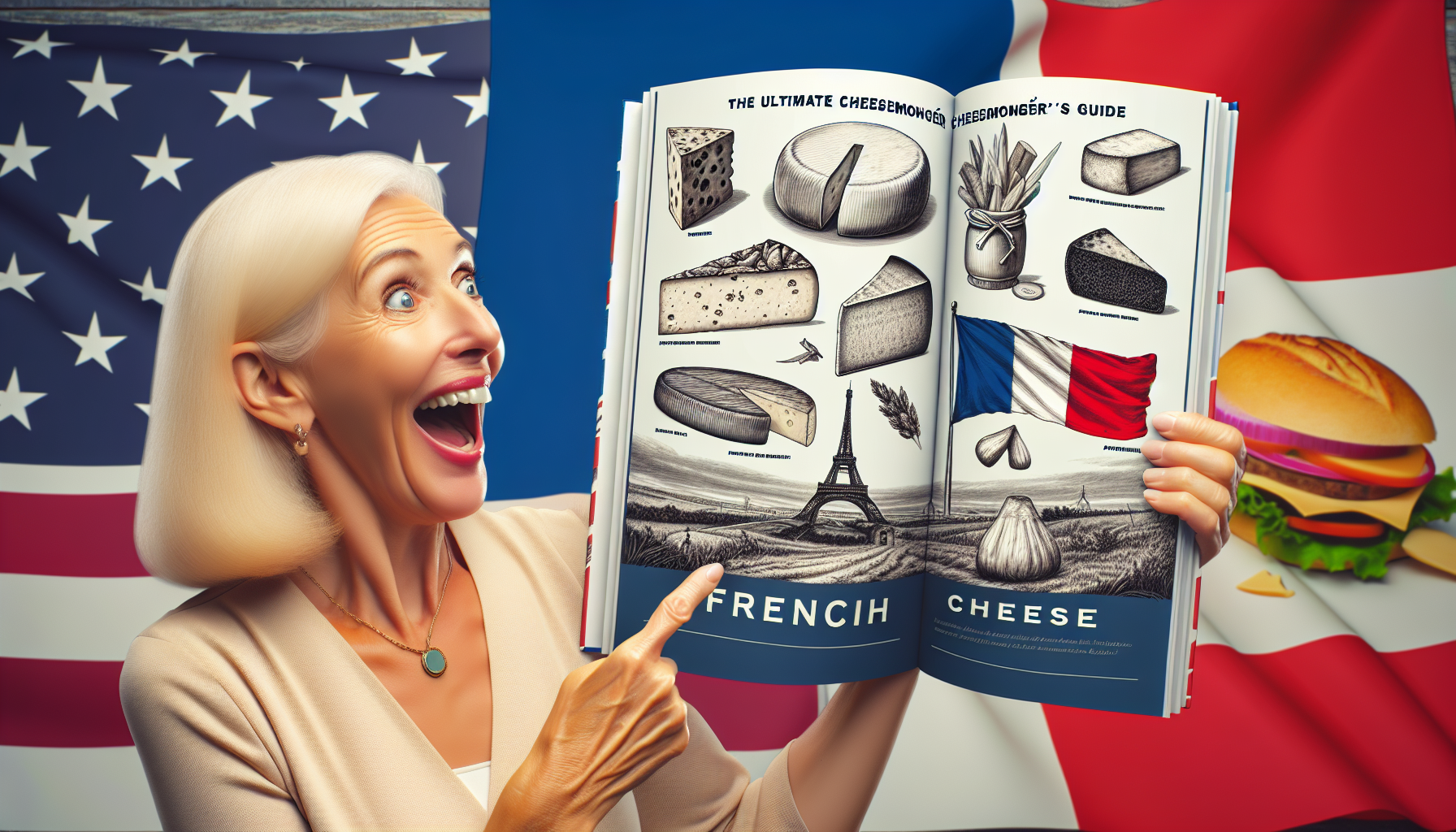Exploring French Cheese in the U.S.: A Cheesemonger's Guide
In the United States, cheese often finds itself comfortably nestled in or atop dishes—think mac and cheese, pizzas, burritos, and sandwiches. Even when presented as a cheese course, it's typically accompanied by crackers or an Instagram-worthy array of fruits, nuts, and cured meats. However, in France, cheese takes center stage on its own—no crackers required. As John Montez, a certified cheese professional, notes, "In the US, the notion of enjoying cheese unaccompanied is still a bit unusual."
Yet, sampling cheese in its pure form offers a culinary revelation. For those near a cut-to-order cheese shop, engaging with a cheesemonger to taste and explore various cheeses is the ideal way to curate a cheese board. Montez advocates for the experiential approach: "The best way to learn about cheese is to eat cheese."
Crafting a Stellar French Cheese Plate
Begin your cheese adventure with three to five cheeses. Montez advocates for odd numbers for visual appeal, starting with three cheeses minimum. Diversify textures and flavors with a hard cheese like Comté, a creamy Brie, and a robust blue cheese such as Roquefort. Mixing milk types—goat, sheep, and cow's milk varieties—can further enrich the experience.
Montez emphasizes seasonal selection, suggesting soft, fresh goat cheese in the spring and more substantial Brie or Camembert in the winter. Another crucial tip: let your cheese reach room temperature before serving. Refrigeration dulls flavors and affects textures, so ideally, buy what you'll eat immediately to preserve its natural taste.
Savoring French Cheeses Available in the U.S.
For a traditional hard cheese, explore Comté, celebrated for its rich tradition and flavor. In spring and summer, a 12-to-18-month-aged Comté offers nutty nuance, while older Comtés provide bold and beefy tones. Another rustic choice is Tommes de Savoie, with its tangy flavor and edible rind, bringing a wild variableness to your plate.
Expand your French cheese selection by including Basque varieties like Ossau Iraty—a mountain-style sheep’s milk cheese with a rugged profile. Also consider Mimolette, notable for its butterscotch notes and vibrant color.
Indulging in French Blue and Soft Cheeses
For blues, you can't go wrong with the illustrious Roquefort, or opt for Bleu d'Auvergne—a milder choice that's versatile enough for salads and cooking. Herve Mons’ 1924 Bleu offers a historical twist with its mixed milk recipe.
If soft cheeses are your delight, consider the mild chèvre varieties from Vermont Creamery or the more robust Loire Valley selections like Selles-Sur-Cher. For those craving buttery, savory profiles, Murray’s Brie Fermier or Camembert Fermier will not disappoint.
The French Cheese Experience Abroad
Travelers to France should seize the opportunity to try cheeses unavailable in the U.S. due to pasteurization laws, such as the delicate St. Marcellin or the true Camembert de Normandie. Seek out monastery-made Abbaye de Belloc or authentically aged Mimolette for a true taste of French heritage.
Perfect Pairings for Your French Cheese Plate
Wine remains a classic partner for cheese, with regional pairings often offering the best harmony. However, don’t shy away from creative mixes; for example, fresh goat cheese can surprisingly complement a peated Scotch by enhancing its citrus notes.
Lastly, while cheese needs no embellishment, a crusty baguette, honey, or preserved cherries can accentuate your tasting experience, offering a nod to tradition without overshadowing the exquisite flavors of French cheese.
For more culinary insights and recipes, visit Serious Eats at https://www.seriouseats.com/all-recipes-5117985.
References:
- Serious Eats – Building a Great French Cheese Plate: https://www.seriouseats.com/all-recipes-5117985
- Parker House Rolls Recipe: https://www.seriouseats.com/bread-baking-parker-house-rolls
